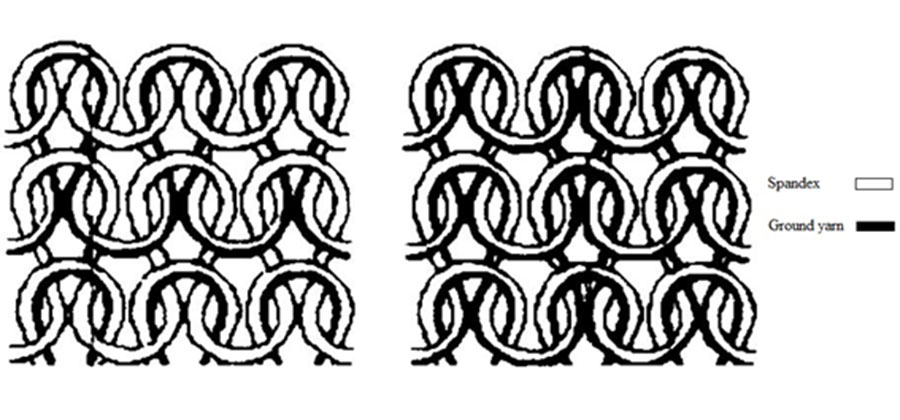


Indian Journal of Science and Technology
Year: 2020, Volume: 13, Issue: 20, Pages: 1998-2009
Original Article
Nasrin Akter1 , Md. Reazuddin Repon2,3∗, Muhammad Abdur Rashid4,5 , Md. Nura Alam Shiddique3
1 Department of Textile Engineering, Ahsanullah University of Science and Technology, Dhaka, Bangladesh
2 Department of Production Engineering, Faculty of Mechanical Engineering and Design, Kaunas University of Technology, Studentu 56,LT-51424, Kaunas, Lithuania. Tel.: +370- 66227098
3 Department of Textile Engineering, Khwaja Yunus Ali University, Sirajganj, Bangladesh
4 Department of Textile Engineering, Dhaka University of Engineering and Technology, Gazipur-1700, Bangladesh
5 Key Laboratory of Textile Science and Technology, Ministry of Education, College of Textiles, Donghua University, 2999 North Renmin Road, Shanghai, China
∗Corresponding author:
Md. Reazuddin Repon
Department of Production Engineering, Faculty of Mechanical Engineering and Design, Kaunas University of Technology, Studentu 56,LT-51424, Kaunas, Lithuania.
Tel.: +370-66227098
Department of Textile Engineering, Khwaja Yunus Ali University, Sirajganj, Bangladesh
Email: [email protected]
Received Date:18 April 2020, Accepted Date:25 May 2020, Published Date:18 June 2020
Objectives: The main objective of this study is to substantiate the effects of spandex on the properties of plain jersey fabric as compared to the commercial knit sports wear. Method: Three single jersey plain knitted fabric samples were produced with full feeder spandex (4.45%), half feeder spandex (2.22%), and without spandex. 34/1 Ne cotton yarn and 20D spandex were used. Standard test methods were followed to analyze the fabric properties. ASTM D 3774: 2004, ISO 6330:2012, ISO 12945-2, ISO 12947-1:1998 and ISO 13938- 1:1999 methods were used to measure the variation between cotton and cotton/spandex plain jersey fabric, different physical properties in particular GSM, width, abrasion resistance, pilling, bursting strength, and shrinkage of the specimens. Findings: The physical, dimensional, and mechanical properties of cotton/spandex plain jersey knitted fabrics were investigated. The results were compared between knitted fabrics made from 100% cotton and spandex with cotton. The effect of spandex percentage was also studied. A significant effect was observed on the physical, dimensional, and mechanical behaviors of single jersey fabric. Results revealed that the GSM, shrinkage, abrasion resistance, and bursting strength increased and the width reduced with the increased amount of spandex percentage. No apparent effect on the pilling resistance was observed. Applications: The manufactured spandex incorporated knitted fabrics can be found in a wide range of applications. The main endeavor is to use for active sportswear.
Keywords: Bursting strength; cotton yarn; pilling resistance; spandex; single jersey; sportswear
© 2020 Akter, Repon, Rashid, Shiddique. This is an open access article distributed under the terms of the Creative Commons Attribution License, which permits unrestricted use, distribution, and reproduction in any medium, provided the original author and source are credited.
Published By Indian Society for Education and Environment (iSee)
Subscribe now for latest articles and news.